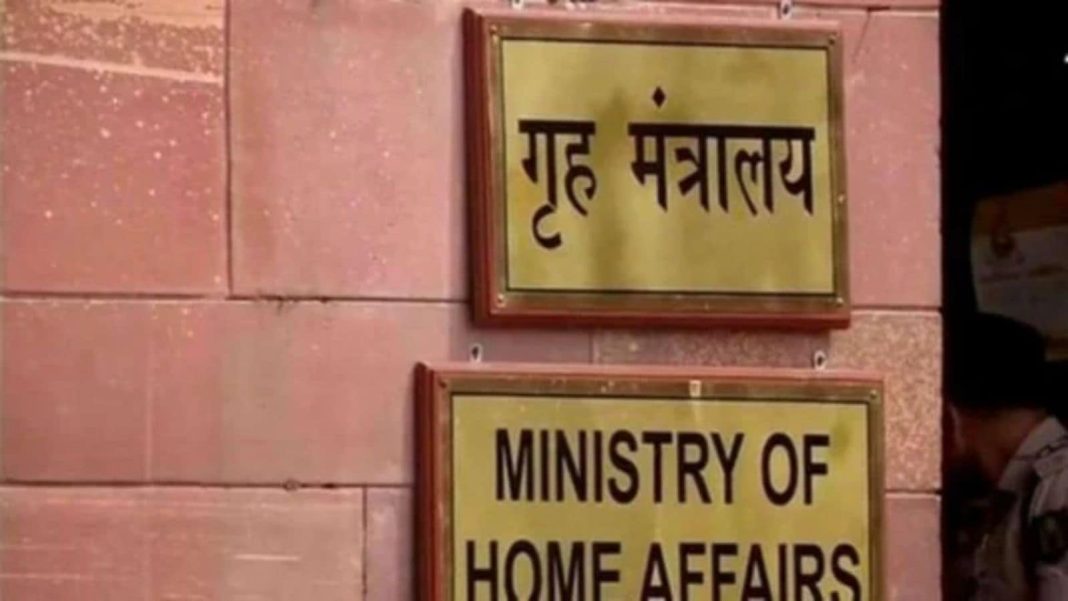Sikkim and the Teesta Valley on Edge Again as South Lhonak Lake Swells to Critical Levels, Reviving Memories of 2023 Disaster
In October 2023, after a sudden cloudburst, the water level in South Lhonak rose by nearly six meters, breaching its embankment and unleashing one of the worst glacial lake outburst floods (GLOFs) recorded in the region. Triggered by the collapse of 14.7 million cubic meters of moraine into the lake, a massive 20-meter-high wave breached the frozen barrier, draining nearly 50 million cubic meters of water at a peak flow of 48,000 cubic meters per second. The deluge raced 385 kilometers down the Teesta River valley to Bangladesh, eroding around 270 million cubic meters of sediment and setting off at least 45 secondary landslides.
The toll was immense. At least 55 people died, 74 were reported missing, and more than 25,900 buildings were damaged or destroyed. Thirty-one major bridges collapsed, the Teesta III hydropower dam was wiped out, other projects were crippled, and nearly 270 square kilometers of farmland were inundated. The Teesta riverbed rose by up to 12 meters due to sediment deposition, 17 health facilities were affected, and thousands of families were displaced. Researchers described the event as a “multihazard cascade,” amplified by climate change and unplanned infrastructure along the valley.
Now, specialists fear a chilling repeat. Continuous rainfall since June 2025 has pushed the South Lhonak water level up by another six meters—almost identical to the conditions that preceded the 2023 breach. Satellite imagery has confirmed intense pressure on the embankment, and experts caution that the situation is “eerily similar” to two years ago. Shako Cho, another lake in North Sikkim, has also been flagged as extremely vulnerable, raising the risk of twin disasters.
To assess the danger, a 35-member team from multiple agencies, including the Central Water Commission, Geological Survey of India, National Institute of Hydrology, Defence Geo-Informatics Research Establishment, Sikkim University, the Indian Army, and the Indo-Tibetan Border Police, were deployed. Equipped with drones, LiDAR, bathymetric surveys, and Electrical Resistivity Tomography, they closely monitored South Lhonak and the Gurudongmar valley. Their early reports confirm that the lake has returned to the same danger level as in 2023.
The broader picture is deeply concerning. The Sikkim Himalayas host more than 600 glacial lakes, including 73 within Kanchenjunga National Park. Glacial lakes are classified into pro-glacial, supra-glacial, and peri-glacial types, with the first two known to be highly unstable. State Science and Technology Secretary Sandeep Tambe confirmed that 16 lakes, including 13 in Mangan and three in Gyalshing, are already listed as “high risk.” The Central Water Commission has observed that 47 lakes in Sikkim expanded significantly in just the past two months, fueled by heavy rainfall.
Long-term climate data underscores the urgency. The Sikkim Himalayas have warmed at +0.03°C per year since 1951—nearly three times the global average. This rapid warming has accelerated glacier retreat, expanded high-altitude lakes, and heightened the risk of GLOFs. South Lhonak itself has grown exponentially over the past 30 years, and its proximity to downstream settlements, including the Teesta Stage III dam at Chungthang just 65 km away, makes it particularly dangerous.
Despite efforts to install early warning systems, conduct drills, and run awareness programmes, significant gaps remain. During the 2023 disaster, the early warning system near South Lhonak was disabled by extreme weather, delaying alerts. Field studies later found widespread damage to reinforced cement concrete housing, schools, highways, agricultural land, and health facilities, with entire stretches of the Teesta valley flattened by the flood.
Experts stress that once a breach begins, no intervention can stop the floodwaters. The only safeguard is swift evacuation. “The entire Teesta basin is at severe risk,” warned Professor Biswajit Bera, a geographer who studies Himalayan hazards. “What we need is stronger early warning infrastructure and timely evacuation of communities in danger.”
As torrential rains continue to batter Sikkim, the fragile mountain state braces for what could be another devastating blow. For its people, the memory of 2023 remains raw, and the looming question is not whether the mountains will unleash another flood—but when.
A Glacial Lake Outburst Flood (GLOF) occurs when the natural barrier holding back a glacial lake suddenly fails, releasing enormous volumes of water downstream in a short span of time. These lakes, formed by melting glaciers, are often dammed by loose rock, ice, or moraines—unstable materials that can collapse under pressure.
Triggers for a GLOF can include intense rainfall, rapid glacier melting during heatwaves, earthquakes, landslides into the lake, or simply the progressive weakening of the moraine dam. Once breached, the water surges out with devastating force, carrying boulders, mud, and debris, creating what experts call a “multi-hazard cascade” that combines flooding, landslides, and erosion.
Climate change has sharply accelerated glacier retreat in the Himalayas. As glaciers shrink, glacial lakes are expanding in size and number. Sikkim alone has more than 600 such lakes, with at least 16 already identified as “high risk.” Heavy monsoons, as seen in 2025, further add pressure, pushing lakes like South Lhonak and Shako Cho close to breaking points.
A Glacial Lake Outburst Flood (GLOF) happens when a glacial lake—formed by meltwater from retreating glaciers—suddenly bursts through the natural dam that holds it back. These dams are usually made of loose rock, sediment, and ice, which are unstable and prone to collapse under pressure. Triggers can include extreme rainfall, rapid melting during heatwaves, earthquakes, or landslides crashing into the lake.
When the barrier gives way, millions of cubic meters of water can surge downstream within hours. Unlike seasonal floods, GLOFs are sudden, highly destructive, and difficult to predict, often leaving little to no time for evacuation.
Possible Threats from GLOFs
-
Human Casualties: Sudden surges of water can engulf settlements before warnings reach residents, as seen in the 2023 South Lhonak disaster where over 100 people were killed or went missing.
-
Infrastructure Collapse: Roads, bridges, and hydropower projects lie directly in the path of glacial floods. In 2023, 31 bridges and multiple power plants were destroyed in Sikkim.
-
Agricultural Loss: Fertile valleys are inundated with water, boulders, and mud, wiping out crops and farmland. Thick debris layers make recovery slow.
-
Landslides and River Blockages: The force of the water destabilizes surrounding slopes, triggering secondary landslides. Blocked rivers may later burst again, compounding the damage.
-
Public Health Concerns: Flooding disrupts clean water and sanitation systems, heightening risks of waterborne disease outbreaks, while damage to clinics and hospitals reduces access to care.
-
Environmental Change: GLOFs permanently reshape rivers by raising beds with sediment, which increases vulnerability to future floods even during normal monsoons.
-
Cross-Border Impact: Rivers such as the Teesta flow into neighboring countries like Bangladesh, meaning disasters in the Himalayas can threaten lives far downstream.









